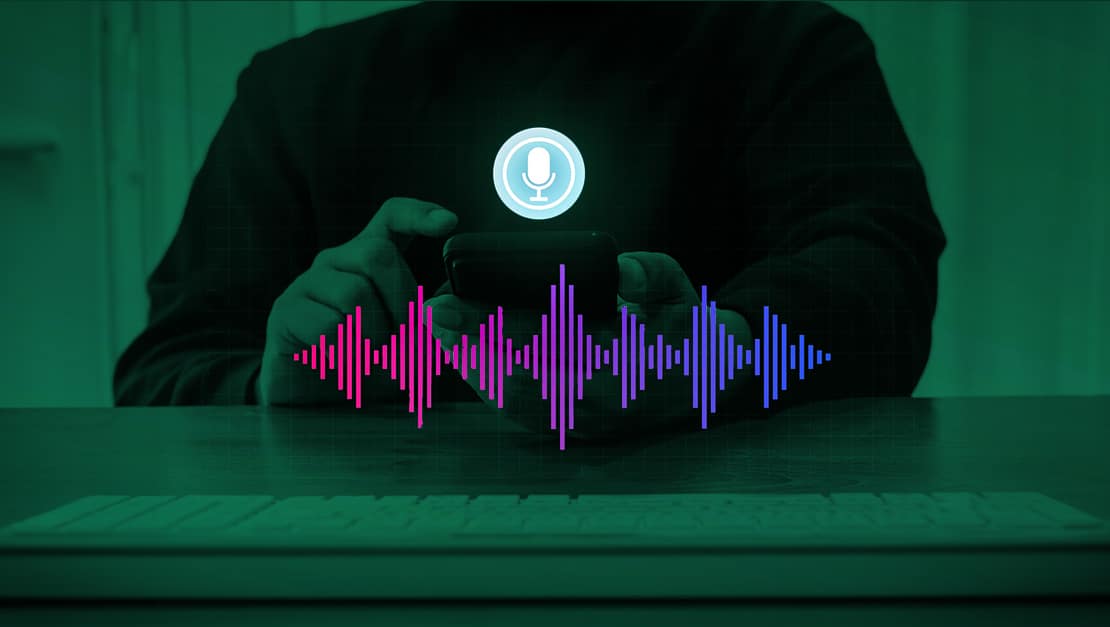Wouldn’t it be great if you could talk through everything you have to do in a work day and get tasks crossed off your list? The best AI voice to text solutions turn this ideal situation into reality.
Speech AI technology converts spoken language into written text, all with the help of artificial intelligence, machine learning, and natural language processing (NLP).
We’re going to see how implementing a useful AI tool for voice to text can transform every business for the better across industries.
How AI Voice to Text Works
Although it feels like something out of a sci-fi movie, AI voice to text is explainable. The technology behind its power is called speech recognition, which uses a machine learning model to move through several steps.
Here’s how it works:
- Sounds from speech create vibrations. Speech recognition technology translates vibrations into a digital language.
- The analog-to-digital-converter measures these vibrational sound waves and filters them to decipher the relevant sounds (as opposed to background noise).
- After that, the sounds are matched to phonemes, or units of sounds that aid in deciphering words.
- Next up comes the application of the language model, which runs the phonemes to compare them to well-known words and sentences.
- Lastly, the computer system provides the output into text.
Importance and Applications
Many businesses are choosing to deploy an AI tool for voice to text to assist in everyday workflows and capture otherwise lost data. For example, aiOla is a first-of-its-kind speech AI solution that is applicable in any business because it understands business-specific jargon, in any accent, language, and acoustic environment.
Since aiOla requires no retraining to understand any business’ nuanced vocabulary, it is suitable in every industry, such as:
- Automotive
- Construction
- Healthcare
- Finance
- Warehousing and logistics
aiOla drives digital transformation that is immediate, measurable, and impactful. By transforming manual processes, aiOla eliminates the need for pen and paper, replaces legacy systems, reduces human error, and ensures that no data is lost or uncaptured.

Key Features of AI Voice to Text Tools
There are all different types of AI voice to text tools, so depending on your needs, you can find the one that is best for your business. However, there are some key features you’ll want to look out for to ensure the maximum effectiveness when selecting the best AI speech to text tool. This includes:
Accuracy and Precision
First and foremost, a tool is only as good as its understanding. In other words, accuracy is paramount. Accuracy can be affected by the speaker’s accent, background noises, and specific vernacular. That’s why it’s so important to find a solution (like aiOla) that can work with utmost accuracy despite these common challenges.
Real-time vs. Batch Transcription
The way the voice to text tool processing language differs as well. It can either be done in real-time, which processes data as it enters the system, making it faster. Alternatively, it can be done via batch processing, which stores data in batches and then applies it to be transcribed in a grouping. While batch processing tends to be less complex, it takes longer.
Language and Dialect Support
Some speech AI tools are limited by the number of languages that they can understand. There may exist customization options to suit specific language needs, but before choosing any tool, you’ll want to ensure that it works in your chosen language.
Integration and Compatibility
Importantly, you have data flowing into your business across various systems and existing technologies. The best AI voice to text technology will be able to integrate and co-exist alongside your devices and operating systems. By doing so, all data can be connected and updated in real-time, forgoing any mistakes, delays, or issues in the short and long-term.
Pros and Cons of AI Voice to Text
Adding a new technology to your day-to-day is often met with a long list of considerations and weighing the pros and cons before you move forward. And, rightfully so.
As you’ll soon see, the benefits far outweigh the downsides when it comes to using an AI tool for voice to text.
Take a look:
Advantages
- Increased productivity and efficiency: Speech is the most natural form of communication, so it’s always faster and more immediate to be able to talk through checklists, inspections, and workflows, for example. When using speech, frontline workers, managers, and supervisors can get more done in less time.
- Accessibility and convenience: Being able to speak completely also opens the door for greater accessibility and convenience.
- Enhanced accuracy and reduced manual effort: Removing manual effort, such as data entry, leads to increased accuracy and decreased manual errors.
- Data capture and insights: By capturing speech data, businesses gain access to an array of otherwise lost information that is likely to provide useful insights.
Challenges and Limitations
As mentioned above, the considerations that must be taken into account before moving forward with a chosen tool include accuracy, how it can handle accents and languages, and of course, privacy and data security concerns.
Rather than being considered a disadvantage, these are more so challenges and limitations that may exist. The good news is there are solutions like aiOla that overcome all of these questionable characteristics, thereby ensuring utmost accuracy, security, and usability.
Choosing the Right AI Voice to Text Tool
When seeking the best ai speech to text technology, here are some factors to think about:
- Your business’ specific needs and use cases
- Budget and cost considerations
- Integration and ease of use
Comparing the Top Tools
Here’s a look at some of the most well-known speech AI solutions and how they stack up, namely:
- aiOla
- Apple’s Siri
- Amazon’s Alexa
- OpenAI’s Whisper
Future Trends in AI Voice to Text
By 2032, the global speech and voice recognition market size is expected to reach $84.97 billion. The growing availability, accessibility, and range of use empowers businesses to hop on board without any extra effort or worries.
With solutions like aiOla, you can continue to run your existing processes with your legacy systems, all while empowering frontline workers to use their voice to get work done accurately. Want to learn more? We’re ready to talk!
FAQs:








